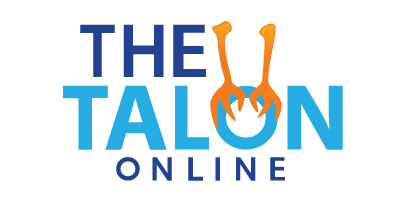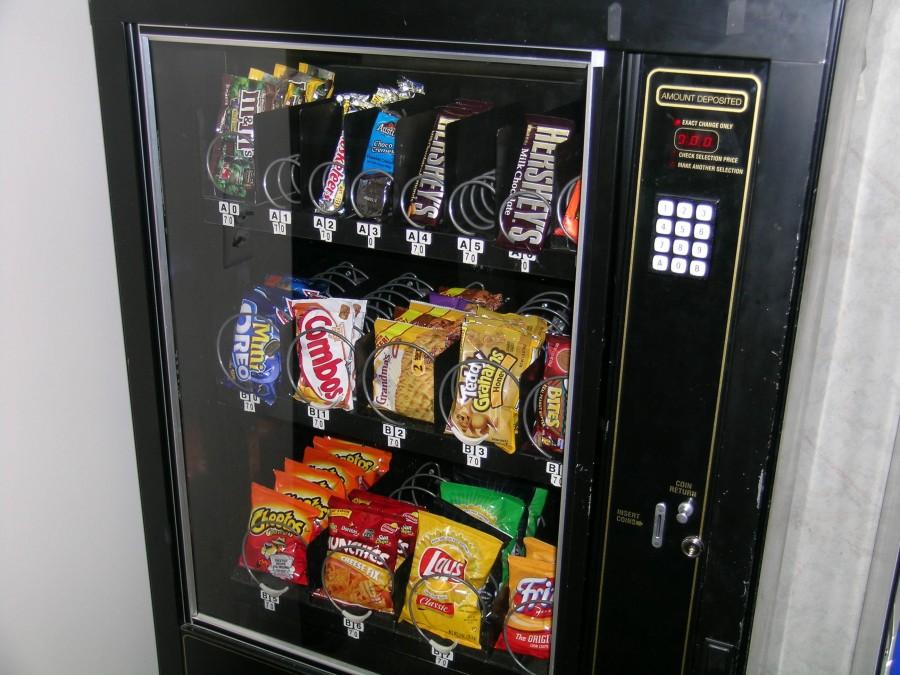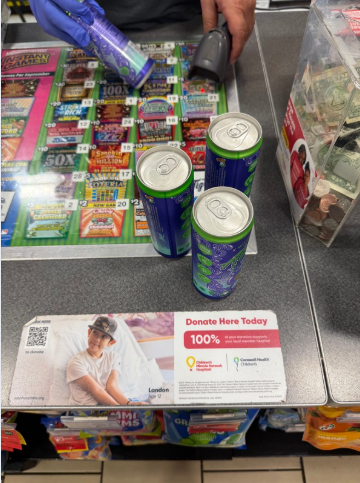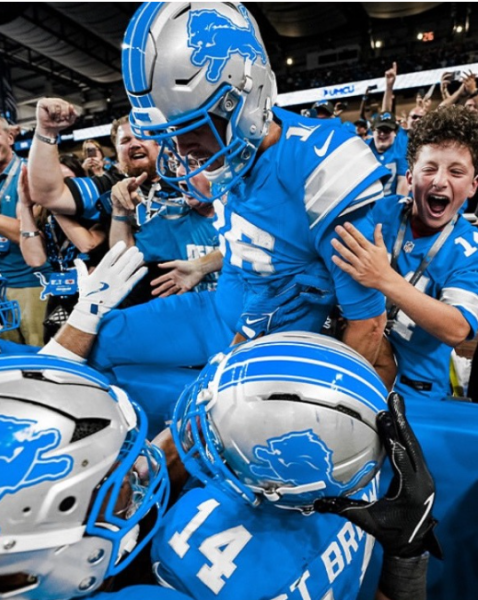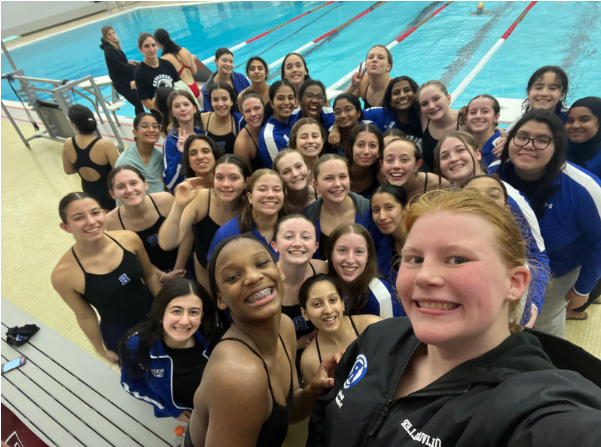School vending options have negative effects on students health
February 26, 2016
In 2013, the state of Michigan created a set of guidelines for schools and the food they sell to their students. Although the reasons for creating these restrictions may seem beneficial for the health of the students, it’s evident that these restrictions have actually done the opposite of their intended purpose. The vending machines are now stocked with overpriced, small portioned and blatantly unhealthy food and drinks.
The schools’ only option for any flavored beverage, including sports drinks and soda, are only low calorie options. This meaning that every bottle of pop a student buy’s he is forced to drink a diet alternative. Not only is this just plain awful for your body’s health, it’s also very misleading towards students. Researchers at the University of Texas found that those who drank a diet pop option for a decade, compared to those who drank naturally sweetened options, increased their waist size by 70%. This means that most diet pop drinkers have a higher chance of gaining weight in the long term. Ironic, because a leading factor in changing the snack guidelines for schools was child obesity, also one of the biggest health issues the state of Michigan is facing.
The food options at school are equivalently described as pathetic and overpriced. The snacks include baked hot Cheetos, Quaker chewy bars, Keebler cookies and other baked and artificially flavored snacks. According to the guidelines there is a limit of 200 calories on each of these snack items, along with other restrictions on sugar, sodium and fat content. Although these guidelines may not seem harmful on the surface, the result of them becomes far worse than what they were before. With the limit on calories now in place, most of the products were switched out with alternatives that are heavy in artificial flavors and have even less content than before. This, in turn, leaves students hungry throughout the day because the snack they purchased was small and nutritionally incompetent.
Lastly, our vending machines are beyond overpriced for what is being offered. As explained earlier, the machines now carry products with a quantity less than what was previously in their place. Why should anyone pay the same price for half of what they got before? Rochester High School is in a public school system, which would lead you to think that the food provided would cost less than most vending machines in malls or public centers. Unfortunately the price is fairly similar, and the food is far less nutritious and worth the money.
Claiming that these options are less attractive to a student consumer is very true. Some believe this is a positive thing because the students won’t buy from the vending machines at all, which is also true. What makes it bad for students is the fact that they’re high-schoolers who can find a way around anything. RHS is surrounded by loads of fresh food, grocery stores, gas stations and drug stores. Instead of purchasing a small bag of cheesy hot fries and diet Pepsi from the vending machine, the student will just stop by the local gas station and get some pre-packaged donuts and mountain dew for the day.
High school students’ health is important. It has proven to be an instrumental factor in learning and the development of relationships, and unfortunately the guidelines for our health were not taken into consideration as well as we’d all like it to. It’s important that we start the implementation of nutritious, healthy and affordable foods in our schools. The continuation of these health guidelines is only a step back into poor health decisions.
